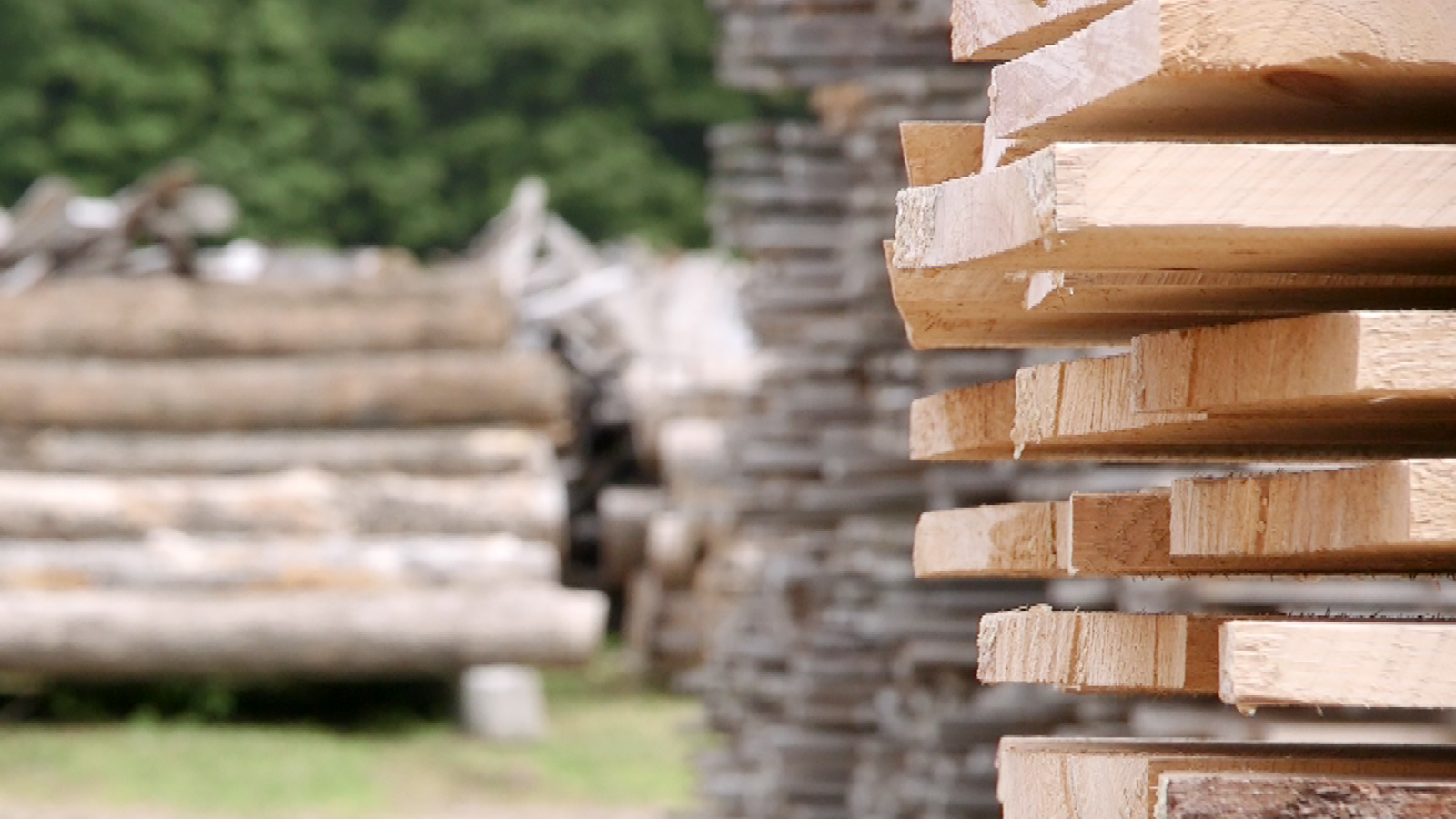Great Lakes Timber Association
A few questions to ask the Great Lakes Timber Association might include: What is a forest inventory and what is the purpose of an audit? This article will address these questions and others. In addition, you’ll learn about the logging force, the Emerald ash borer, and a forest inventory report. If you’re interested in the future of your timber supply, consider becoming a member of the GLT. And while you’re at it, be sure to check out our newest publications.
Log-a-Load
The Great Lakes Timber Association (GLTA) organizes the annual Log-a-Load to provide its members with a way to sell their logging logs. Logs are bundled and brought in by a tractor. The logging process includes several steps: preloading and circling logs, cutting small understory trees and windfalls, and assessing volume and value. Prelogged trees are harvested for energy wood, while high-value wood products are harvested and sold separately.
Initially, the logging process was dominated by large corporations. In the 1980s, John D. Rockerfeller made special deals with railroads and a local oil refinery to monopolize the trade. The Standard Oil Company also controlled the “choke point” for the Windows and DOS operating systems. And in the past, boom companies supplied services heavily relied on by all the loggers on a particular stream. These boom companies also acted as coordinating agencies for lumber production on a watershed. As a result, boom companies became choke points for lumber transportation.

Forest inventory
The Great lakes timber association’s forest inventory program is an important resource for determining the condition of the state’s forests. The data in the Forest Inventory Analysis program provides a detailed picture of the condition of forest land. By analyzing historical data and current conditions, the Great lakes timber association can make informed business decisions. Its forest inventory is available in shape files, ESRI file geodatabases, and map services.
The first part of the process of forest inventory is to define forest types. The Great lakes region contains a variety of forest types, each of which has distinct characteristics. The data on these diverse species is used in decision-making, as they are key to the health of a forest. Forest inventories also help land managers plan and implement sustainable management practices. For example, logging of large trees can increase forest size. This process may increase wood production but also decrease the amount of natural resources.
Logging force
In 1836, logging for white pine began in earnest in the St. Croix River basin in Wisconsin and Minnesota. The harvest was rapidly increasing for 50 years. By 1890, virtually all of the merchantable white pine was cut and shipped east. The railroads were altered to transport lumber south to Mississippi river towns and to the Plains. But as the lumber prices skyrocketed, logging was no longer profitable.
Throughout the Great Lakes region, the logging industry struggled. Douglas fir trees are up to 300 feet tall and 10 feet in diameter, making them difficult to transport to the mills. The loggers began felling trees into waterways, but later they built corduroy roads into the timber to facilitate transportation. Many loggers had invested in machinery that cost upwards of $2 million, so the wood they harvest was needed.
Emerald ash borer
In the United States, there are several reasons why the emerald ash borer has become a major threat to ash trees. It can kill new growth and hamper forest recovery. The disease also affects urban areas and has caused the death of tens of thousands of ash trees. Municipal governments are responsible for removing dead ash trees. In addition to increasing homeowners’ heating and cooling costs, the lack of a canopy can also affect people with respiratory illnesses. As a result, Natural Resources Canada has developed the TreeAzin(r) product, which provides information and education to stakeholders on the emerald ash borer.
This insect is metallic green and is native to Asia. It was first found in Michigan in 2002, and is thought to have arrived in wood packing crates. It has killed 25 million trees in nine states. The insect can infest any tree, from small to large. To protect forests from this destructive insect, federal quarantines have been imposed on firewood from infested areas. The CFS is working with private and public partners to prevent the spread of the emerald ash borer.

